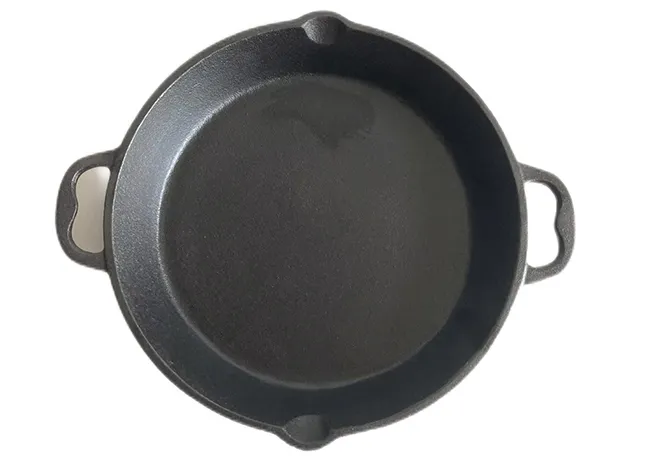
dutch pot material
Exploring Dutch Pot Materials A Culinary Must-Have
When it comes to cooking, the choice of cookware can significantly impact the outcome of a dish. One popular option in many kitchens around the world is the Dutch pot, also known as a Dutch oven. Renowned for its versatility and durability, the Dutch pot is made from various materials, each offering unique advantages. In this article, we will explore the different materials used in Dutch pots and how they contribute to the cooking experience.
Cast Iron
One of the most traditional materials for Dutch pots is cast iron. This heavy-duty material is known for its excellent heat retention and distribution, making it perfect for slow-cooking and braising. Cast iron Dutch ovens can be used on the stovetop or in the oven, allowing for a seamless transition between different cooking methods. Additionally, many cast iron pots come with an enamel coating, which not only adds a splash of color but also makes them easier to clean. Despite being heavier than other materials, cast iron's ability to maintain consistent heat makes it a favorite among professional chefs and home cooks alike.
Ceramic
Another popular material for Dutch pots is ceramic. These pots are appreciated for their aesthetic appeal and non-reactive cooking surface, which prevents flavors from altering during cooking. Ceramic Dutch ovens are typically lighter than their cast iron counterparts and are often available in a variety of vibrant colors and designs. However, they are more prone to chipping and cracking under high-temperature cooking, so they require a bit more care. Ceramic is ideal for braising vegetables or making stews, as it allows for even cooking without the risk of food sticking.
dutch pot material

Aluminum
Aluminum Dutch pots are gaining popularity due to their lightweight nature and quick heat conduction. They heat up rapidly and are often more affordable than cast iron or ceramic options. However, they tend to have poorer heat retention, which may not be suitable for dishes that require long cooking times. Many aluminum models come with a non-stick coating, making them easier to clean and ideal for cooking delicate foods like eggs. It is essential to note that uncoated aluminum can react with acidic ingredients, which may affect the flavor of your dish.
Stainless Steel
Lastly, stainless steel Dutch pots are exceptionally durable and resistant to rust and corrosion. They provide a modern alternative to traditional pots and are often equipped with heavy bottoms for better heat distribution. Stainless steel is non-reactive, ensuring that the flavors of your ingredients remain unaffected. These pots are dishwasher safe and can withstand high temperatures, making them perfect for various cooking tasks. However, like aluminum, they may not retain heat as effectively as cast iron, which could impact cooking times.
In conclusion, the choice of material for a Dutch pot plays a vital role in cooking performance and the overall culinary experience. Whether you opt for the classic functionality of cast iron, the aesthetic appeal of ceramic, the practicality of aluminum, or the durability of stainless steel, each material offers distinct benefits that can elevate your cooking. Embracing the right Dutch pot material can turn cooking into a delightful and satisfying adventure.
-
Season Cast Iron Perfectly with GPT-4 Turbo TipsNewsAug.01,2025
-
High Quality Cast Iron Cookware - Baixiang County Zhongda MachineryNewsAug.01,2025
-
Premium Cast Iron Pan: Durable & Perfect HeatNewsAug.01,2025
-
High Quality Kitchen Durable Black Round Cast Iron Cookware Pancake Crepe Pan-Baixiang County Zhongda Machinery Manufacturing Co., Ltd.NewsAug.01,2025
-
Cast Iron Cookware - Baixiang County Zhongda Machinery | Nonstick, Heat ResistanceNewsAug.01,2025
-
High Quality Kitchen Durable Black Round Cast Iron Cookware - Baixiang County Zhongda Machinery | Non-Stick, Heat Retention, DurableNewsJul.31,2025


